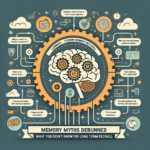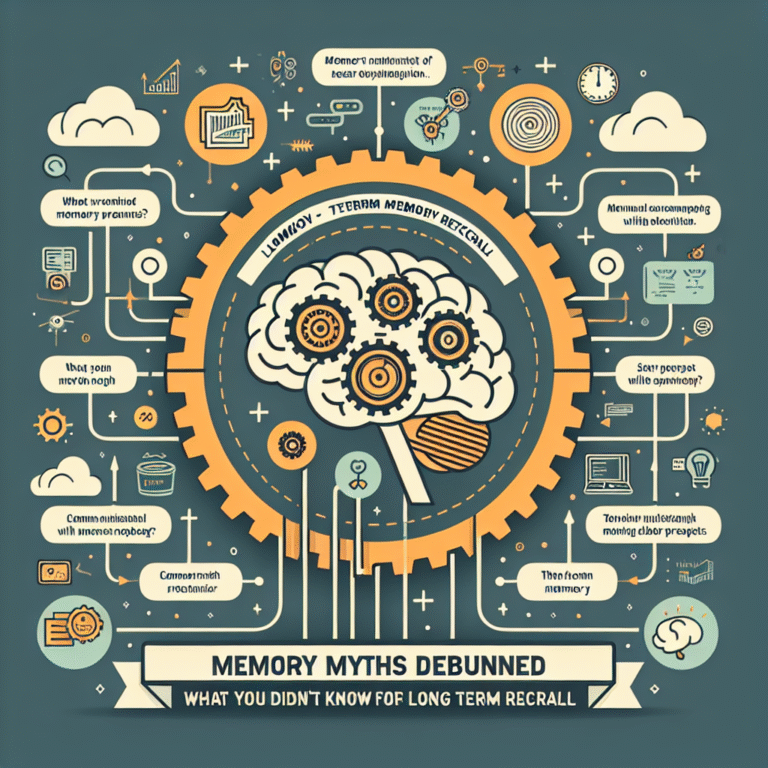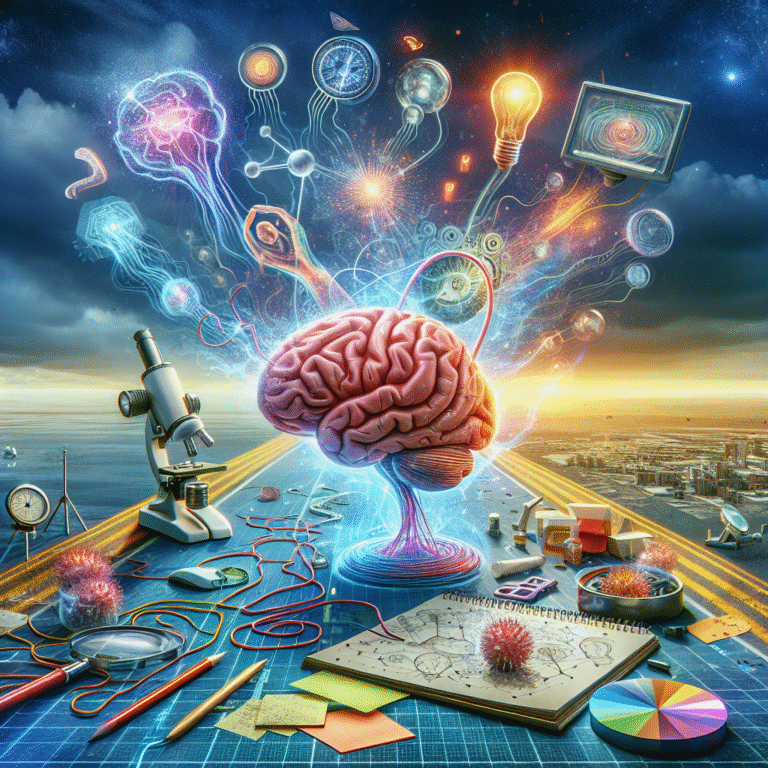
Introduction
In an era where Artificial Intelligence (AI) reshapes industries with unprecedented speed, understanding the mechanics behind its efficiency becomes essential. The phrase Decoding Attention: Insights into Mechanisms That Drive AI Efficiency encapsulates a pivotal challenge – how do we make AI not just smarter, but also more efficient? With attention mechanisms taking center stage in deep learning, this article aims to unravel the complexities of AI systems, offering a roadmap to understanding and harnessing their potential for unparalleled efficiency.
The Attention Mechanism: A Revolutionary Concept
The traditional neural networks relied on simple architectures, often struggling with large datasets and complex tasks. Enter the attention mechanism, a groundbreaking approach that revolutionized how models process information.
What is Attention?
At its core, attention allows AI systems to focus on specific parts of the input data while ignoring others. This ability to "pay attention" to important features enables models to produce more accurate predictions and representations.
Case Study: Transformer Models
Transformers, introduced in the paper "Attention is All You Need," epitomize the efficacy of attention mechanisms. By allowing models to weigh the importance of each input element dynamically, these architectures show stunning results in tasks ranging from natural language processing to image recognition.
| Figure 1: Attention Score Example | Input | Score |
|---|---|---|
| Word A | 0.1 | |
| Word B | 0.5 | |
| Word C | 0.4 |
The above table illustrates how attention scores indicate which words in a sentence the model considers most relevant during processing.
The Science Behind AI Attention Mechanisms
Understanding the attention mechanism involves dissecting its core components:
- Query: The specific part of the input that the model is currently focusing on.
- Key: A representation of the data that helps the model determine relevance.
- Value: The actual data that corresponds to the key and is retrieved when the query matches.
How does this drive efficiency?
By using attention, models can dramatically reduce computation time and memory usage. Instead of processing every data point uniformly, attention allows selective focus, enhancing the decision-making capabilities of AI applications.
Real-World Applications of Attention Mechanisms
Attention mechanisms have demonstrated remarkable efficiency in various fields, showcasing their transformative characteristics and clearly demonstrating Decoding Attention: Insights into Mechanisms That Drive AI Efficiency.
Case Study 1: Healthcare Diagnostics
In healthcare, AI models equipped with attention mechanisms have significantly improved diagnostic accuracy. For instance, DeepMind’s AI has utilized attention to excel in detecting eye diseases from retinal scans.
Analysis
By focusing on key features within the images, the system achieves human-level performance in some cases, reducing misdiagnosis and enhancing patient outcomes.
Case Study 2: Language Translation
Google Translate employs attention-based architectures to convey meaning across linguistic boundaries. Here, attention helps maintain context while translating phrases, leading to more fluent and coherent translations.
Analysis
This application effectively illustrates Decoding Attention: Insights into Mechanisms That Drive AI Efficiency, as models can handle varied sentence structures and idiomatic expressions more adeptly.
Case Study 3: Autonomous Vehicles
Self-driving technology increasingly relies on attention mechanisms for real-time decision-making. By analyzing inputs from sensors and cameras, AI can prioritize critical elements (like pedestrians and barriers) while ignoring irrelevant data.
Analysis
This selective focus is crucial for safety and efficiency, underscoring the importance of attention-driven models in real-world applications.
Enhancing AI Efficiency Through Attention Mechanisms
Strategies for Optimizing Attention
Implementing attention mechanisms is not merely about using technology; it’s about optimizing how we leverage it. Here are some key strategies to improve AI efficiency:
- Layered Attention: Implementing multiple layers of attention can help AI models focus more precisely on relevant data.
- Dynamic Attention: Allowing for adaptable focus during inference and learning phases can significantly improve performance.
- Interpretable Mechanisms: Developing interpretability tools can help demystify the decision-making process of attention-driven models.
Future Prospects: The Next Frontier in AI Efficiency
The future of AI hinges on refining attention mechanisms. Innovations such as sparse attention models and adaptive attention mechanisms are on the horizon, promising to make AI systems even more efficient.
Table 2: Future Innovations in Attention Mechanisms
| Innovation | Description |
|---|---|
| Sparse Attention | Focus processes on fewer key inputs to save resources. |
| Adaptive Attention | Modify focus dynamically based on context and past experience. |
Conclusion
As we decode attention, we unlock vast potential to amplify AI efficiency. Embracing these mechanisms not only drives performance but paves the way for advancements across industries. The insights drawn from understanding Decoding Attention: Insights into Mechanisms That Drive AI Efficiency hold the key for organizations aiming to thrive in a data-driven world.
Investing in attention-driven technologies is not just an option; it’s an essential step toward sustainable growth, innovation, and success.
FAQs
What are attention mechanisms in AI?
Attention mechanisms are features in AI that allow models to focus on specific input data, improving decision-making and output accuracy.How do attention mechanisms enhance efficiency?
By selectively concentrating on critical elements of the input, attention mechanisms reduce computational load and enhance speed without sacrificing performance.Can attention mechanisms be used in any AI application?
Yes, attention mechanisms can be implemented in various applications, including natural language processing, computer vision, and more.What are transformer models?
Transformer models are a type of neural network architecture that utilizes attention mechanisms to handle sequential data, offering significant improvements in various tasks.- What is the future of attention in AI?
Innovations like sparse attention and adaptive attention are being developed to further enhance efficiency, making AI systems smarter and more effective.
By understanding and applying the principles behind Decoding Attention: Insights into Mechanisms That Drive AI Efficiency, you can position yourself or your organization at the forefront of the AI revolution.
















